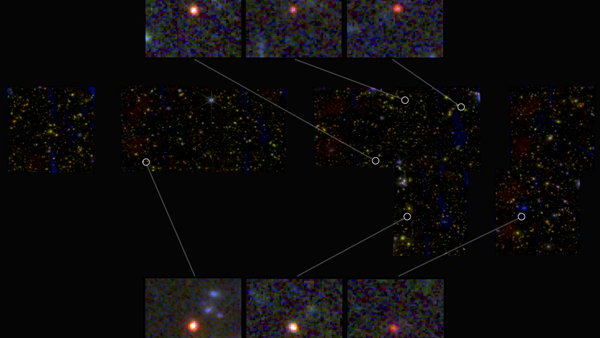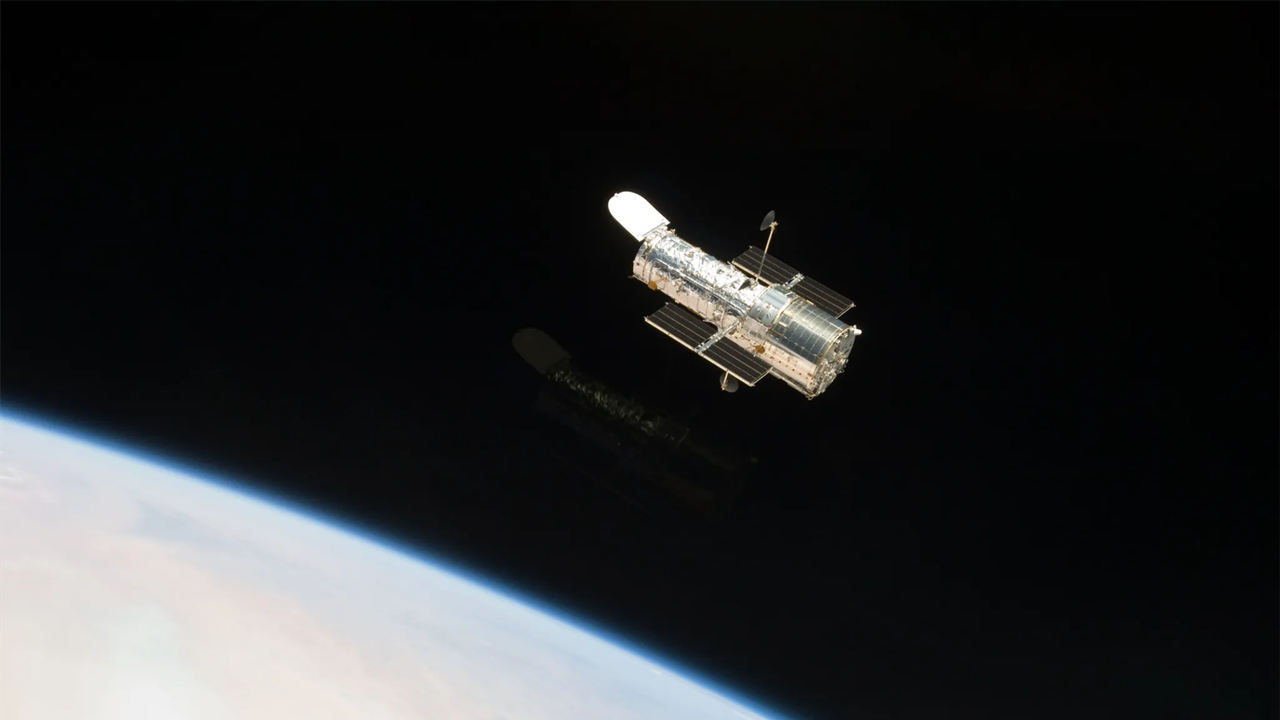Hubble Space Telescope observes collision of three galaxies in the constellation Ursa Major
The European Space Agency (ESA) released a new image on Saturday: a collision between three large galaxies in the constellation of Ursa Major, in which the huge gravity has thrown out an arm of one of the galaxies and another galaxy has two long tails.
The image was captured by the Hubble Space Telescope, and this trio of galaxies, known to astronomers as SDSSCGB 10189, is a compact galaxy - at least it was very close together when humans observed it, and the collision has occurred due to the effect of gravity.
These three large galaxies are only 50,000 light years apart, which may sound like a considerable distance, but it is not a safe distance for large galaxies.
Our Milky Way and the neighboring Andromeda galaxy will also eventually collide and merge, but Andromeda is still 2.5 million light years away from us.
As for SDSSCGB 10189, they are already in collision and merging, as the smaller galaxy on the left has been dragged out into two tails made up of stars, and the larger galaxy on the right has a lobe that has been thrown out, indicating that they are in the process of collision and merger.
Interestingly, there is another galaxy to the left of the image, which is some distance from SDSSCGB 10189 and will not participate in their fusion collision, just quietly watching from the side.
Astronomers are very excited to observe this collision of three galaxies, because it provides data for studying the collision, merger, and evolution of galaxies. This trio of galaxies will eventually become a giant new galaxy, and by then, it is uncertain if the handsome one next to it will still be able to run away.
Galactic mergers are also very common in the universe. Unlike what we imagine, because the space between galaxies is very large, the probability of star collision during galaxy collision is extremely low, and most stars and their planets (if any) will not undergo significant changes. If there were intelligent civilizations up there, they might see changes in the appearance of the starry sky.
Some unlucky stars may be flung out by huge gravity and escape from their own galaxy, becoming wandering stars.
Even more unlucky stars may be devoured by black holes, because the merger of galaxies typically leads to the activation of supermassive black holes at the center of the galaxy, and surrounding matter, including stars, could be devoured.


